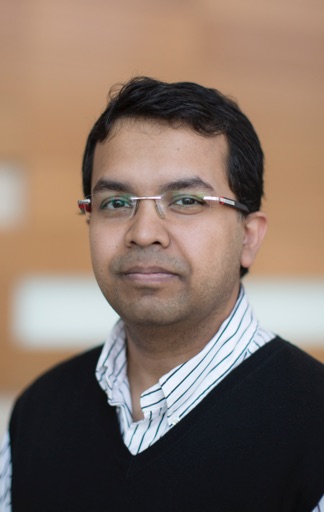Electrical Engineering
Hussain is taking a flexible approach
From farming to healthcare, there are few areas of our lives that couldn’t be enhanced by incorporating flexible CMOS electronics.
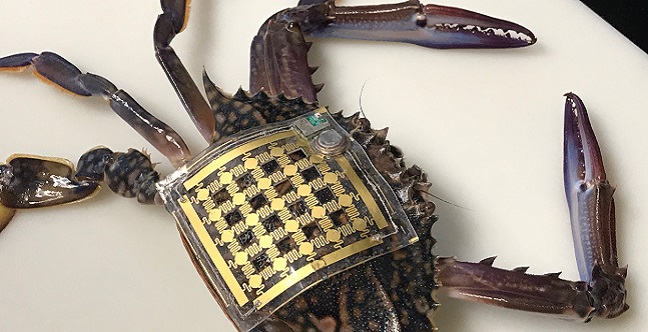
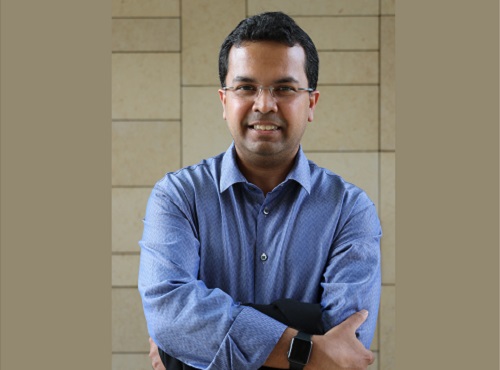
Muhammad Mustafa Hussain uses his electrical engineering knowledge and skills to turn everyday objects into smart devices.
© 2017 KAUST
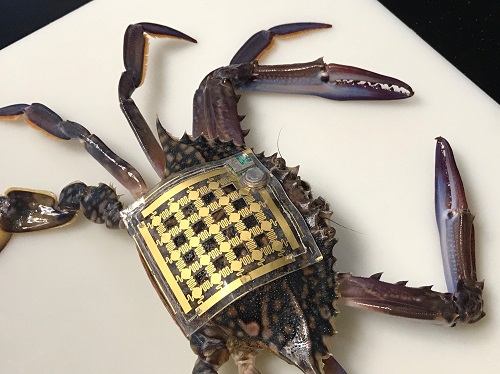
A soft, flexible electronic patch recorded this crab’s movements for 60 days.
© 2017 Joanna Nassar
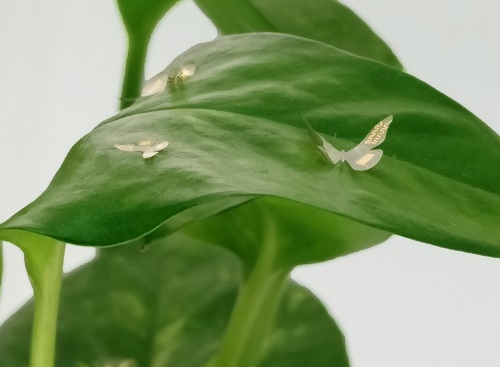
Butterfly-shaped sensors record and wirelessly report back on a plant’s growing conditions.
© 2017 Joanna Nassar , Sherjell Khan and Diogo Gomes
“The theme of our research is how we can empower humanity with technology,” said Muhammad Mustafa Hussain, professor of electrical engineering at KAUST. Using the skills from his time in industry, and the support he is granted by KAUST, Hussain creates flexible, wireless electronics to inexpensively turn everyday objects into smart devices.
When Hussain had his novel computer chip technology licensed by Intel Corporation before he had even graduated from his Ph.D., he soon found himself a rewarding job in the semiconductor chip industry. But Hussain harbored the desire to one day go into academia. “I became a program manager in industry at a very early stage in my career, and I didn’t have time to give a solid thought about a transition to academia,” he recalls.
So when three years into his industrial career, Hussain received a call from the committee tasked with recruiting electrical engineers for the newly forming KAUST, he was receptive to the idea of becoming a founding faculty member.
The chair of that committee was George Haddad, emeritus professor of the University of Michigan at Ann Arbor and a legend in the field of electrical engineering. “When a person like George calls, he has his own magic, and it worked on me; I was convinced to join KAUST,” Hussain says.
It was the right move—after joining KAUST as an assistant professor in 2009, Hussain was promoted to full professor in May 2017.
Hussain’s work at KAUST still centers on semiconductor electronics—using complementary metal–oxide–semiconductor (CMOS) technology to make integrated circuits. However, the research he leads has diversified dramatically since his industry days.
His projects focus on flexible CMOS electronics that can sense their environment and that incorporate wireless connectivity. This technology can inexpensively turn everyday objects into smart, internet-connected devices.
The latest projects are testament to the broad potential of this approach. Hussain’s team has collaborated with other research teams at KAUST, including those in the Red Sea Research Center, the Desert Agriculture Initiative, and the Water Desalination and Reuse Center.
With the Red Sea Research Center, for example, the team has developed a soft, flexible, stick-on sensor patch to track sea creatures. The device, which weighs less than five grams, stores the data it collects. “When the creature dives, we can collect information about the environment and the creature’s movements,” Hussain says. Because the sensor is so light and flexible, the tagged animal will barely notice its electronic cargo and will go about its daily routine. “So far, we have tagged a blue crab and logged data continuously for 60 days,” he says. This testing is ongoing.
Plant scientist Mark Tester from the Desert Agriculture Initiative worked with Husain’s team to develop sensors to measure and wirelessly report essential parameters related to plant health. “We have developed sensors for temperature, hydration and plant growth. The sensors look like butterflies attached to the leaf,” Hussain describes. “We can use a cellphone or a drone to collect the data over the entire field.” Compared to expensive conventional plant-monitoring systems, this low-cost alternative approach could be a real game changer, he adds.
Hussain is also exploring the potential of soft, biocompatible electronics for personalized healthcare. Many implantable devices are limited by their need for power; conventional lithium ion batteries are heavy, bulky and not at all biocompatible.
By stripping a thin-film lithium ion battery to its bare essential components and then enclosing the resulting device within a biocompatible protective seal, Hussain and his team has created a battery that is safe and tiny. Just 2.25 by 1.7 millimeters and weighing 236 micrograms, this battery can store electricity with unprecedented energy density for one of this type.
The team incorporated the minute batteries into a 3D-printed orthodontic brace, which is equipped with LEDs that emit near-infrared light. Previous research has shown that light therapy can stimulate bone regeneration, speeding up tooth position correction. Until now, light-therapy orthodontic devices have been bulky and uncomfortable, requiring an external power source. The new smart brace would be low cost and more convenient than current options, Hussain says. KAUST is currently looking for commercial partners for this technology.
“KAUST provides great opportunities to conduct research, we do not have many restrictions on the research we pursue,” he says. And the University is still young, he adds. “I think we are going to make much more progress.”
References
-
Shaikh, S.F., Ghoneim, M.T., Torres Sevilla, G.A., Nassar, J.M., Hussain, A.M. & Hussain, M.M. Freeform compliant CMOS electronic systems for internet of everything applications. IEEE Transactions on Electron Devices 64, 1894–1905 (2017).| article
You might also like

Bioengineering
Smart patch detects allergies before symptoms strike
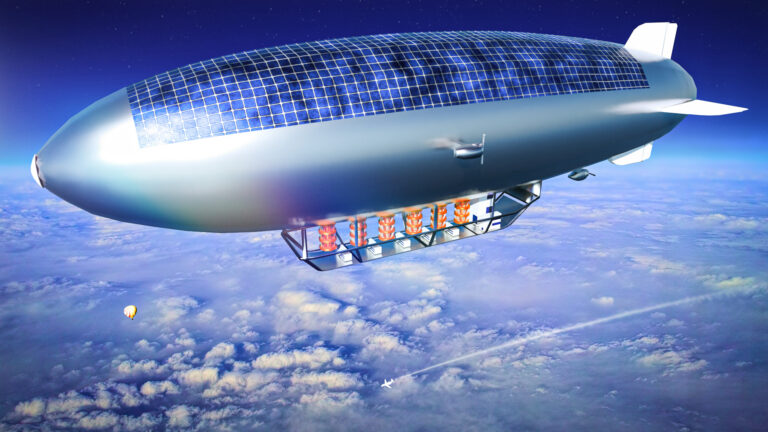
Computer Science
Green quantum computing takes to the skies
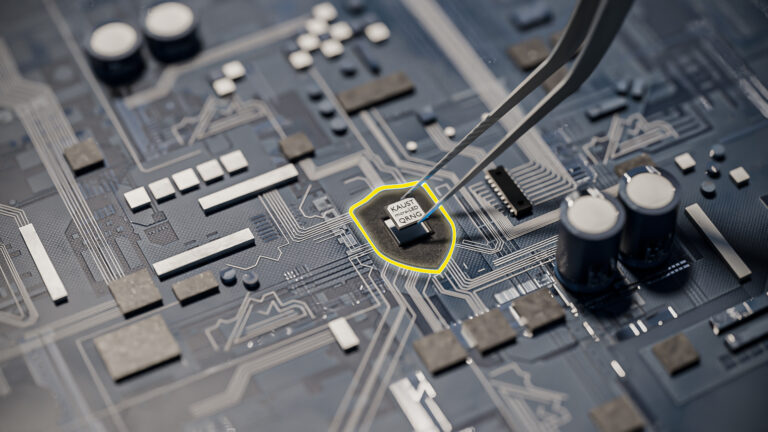
Electrical Engineering
Micro-LEDs boost random number generation
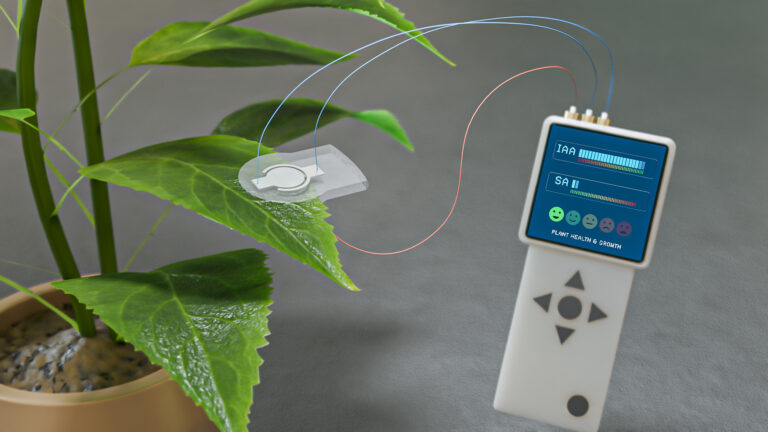
Bioengineering
Sensing stress to keep plants safe

Computer Science
Sweat-sniffing sensor could make workouts smarter
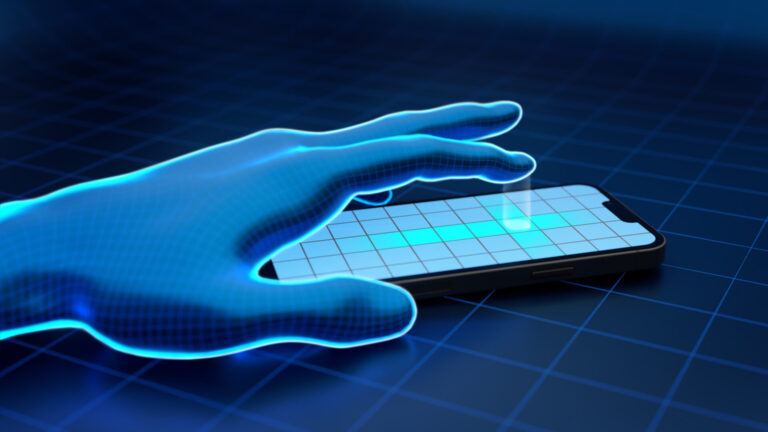
Electrical Engineering
New tech detects dehydration by touching a screen
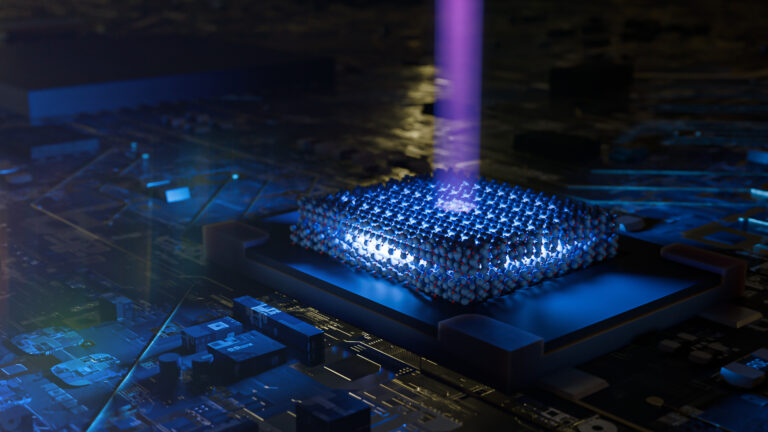
Electrical Engineering
A new interface for efficient electronics
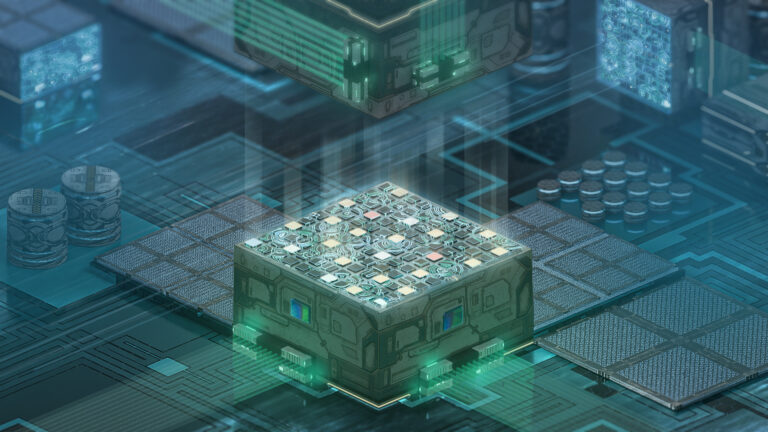
Electrical Engineering




